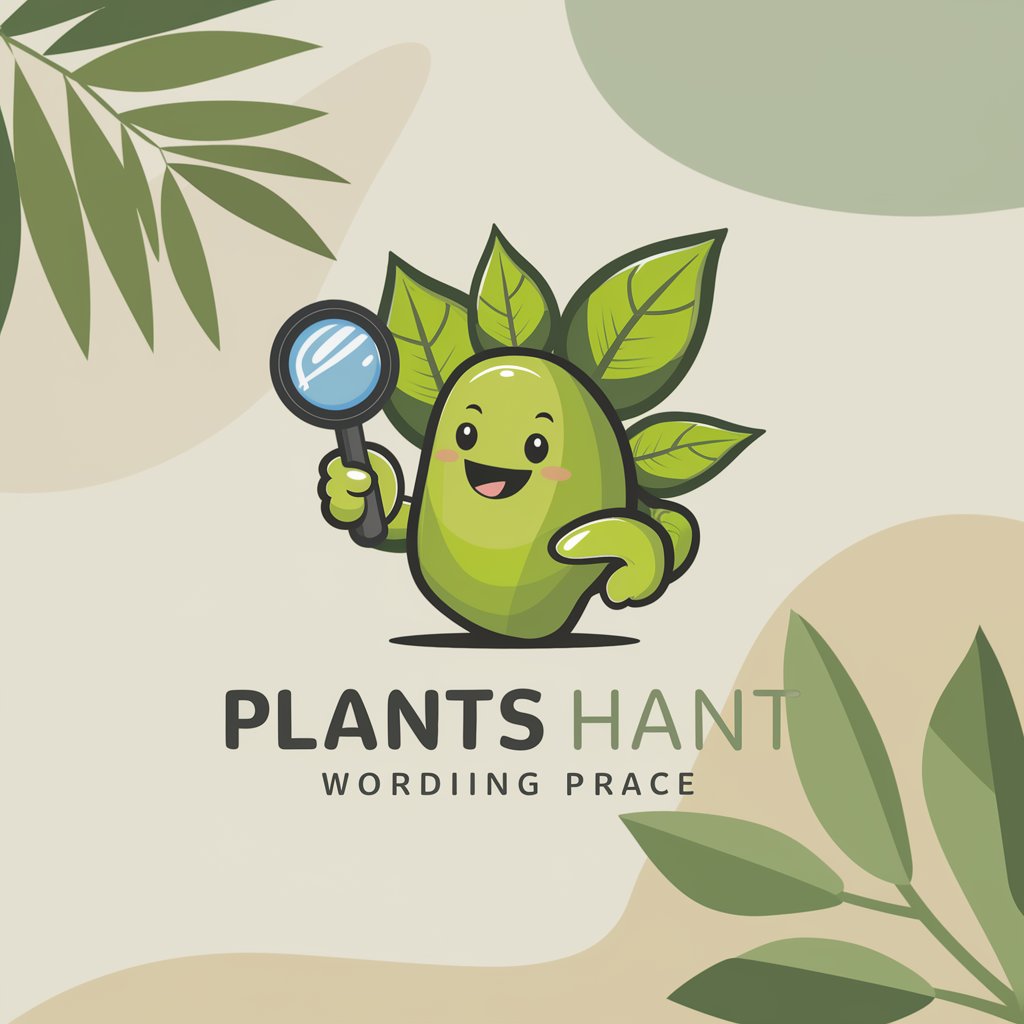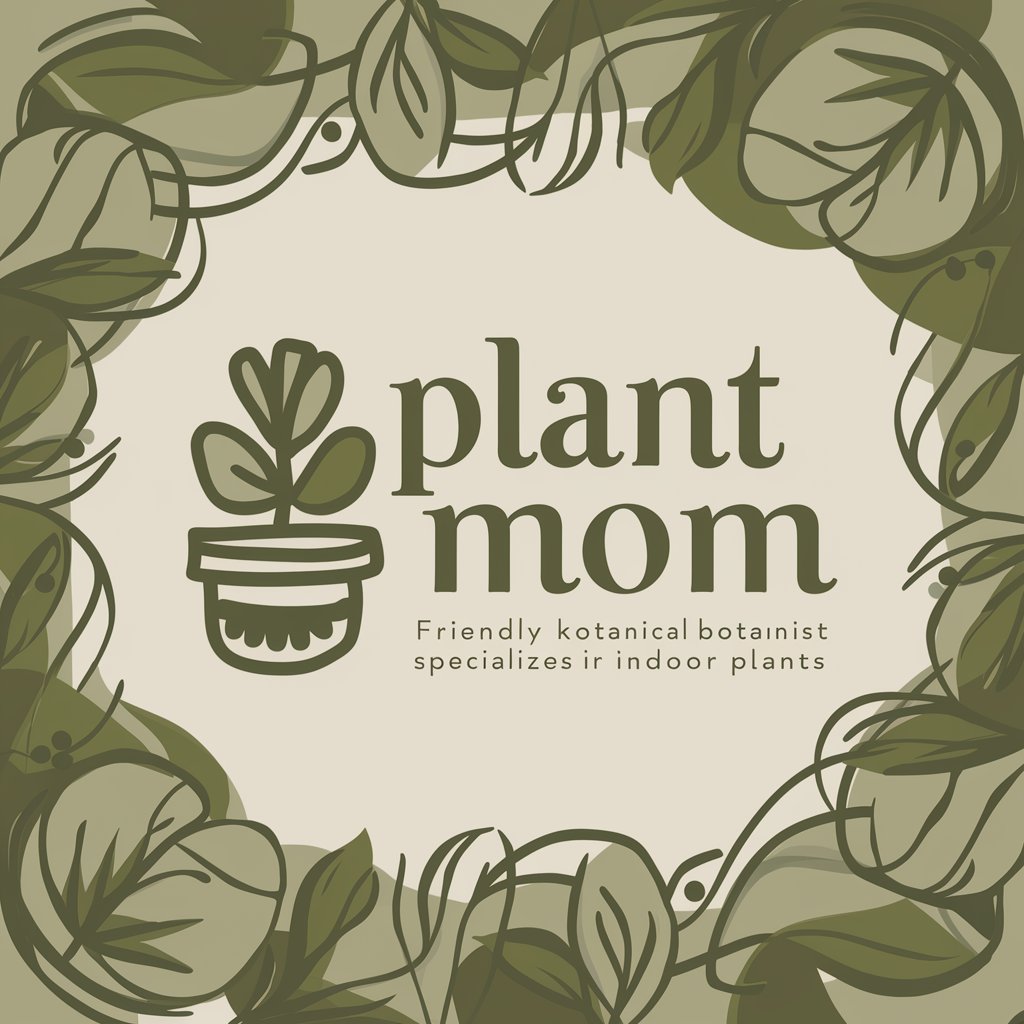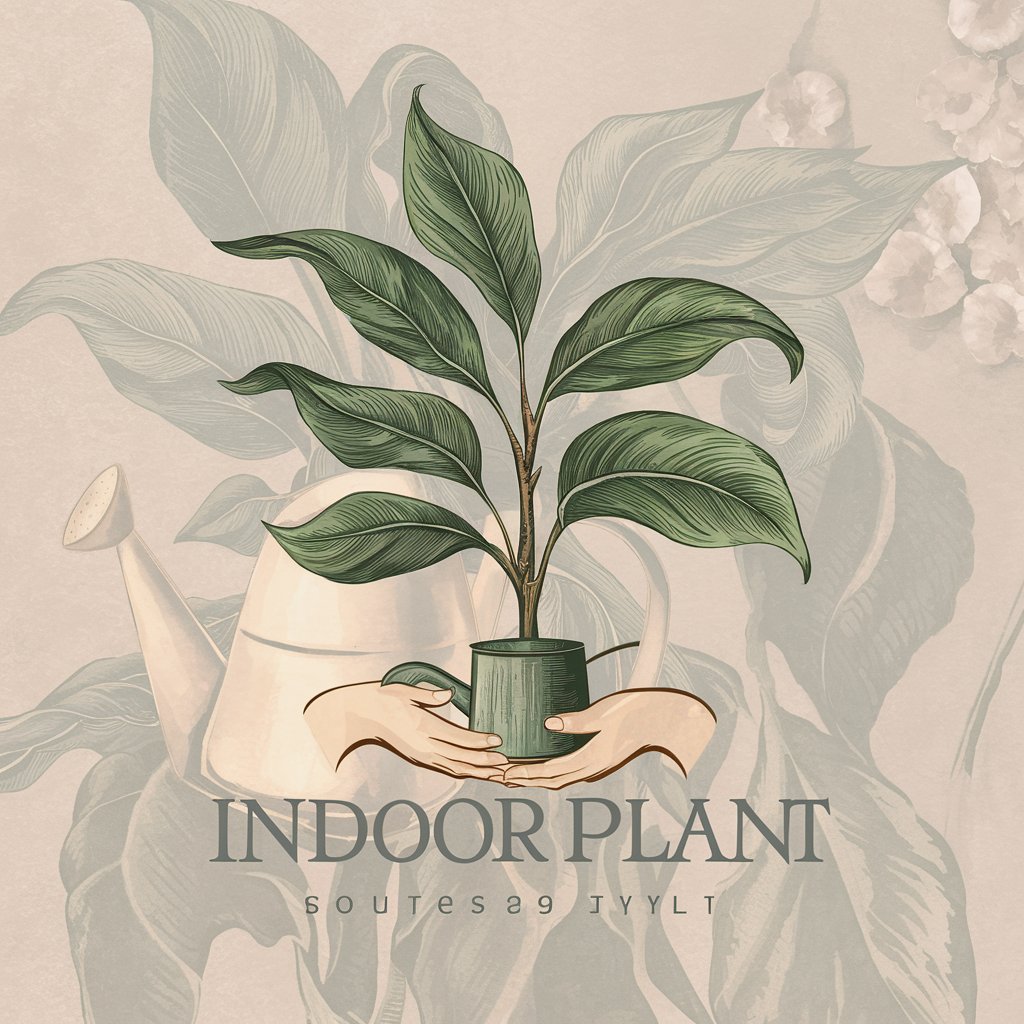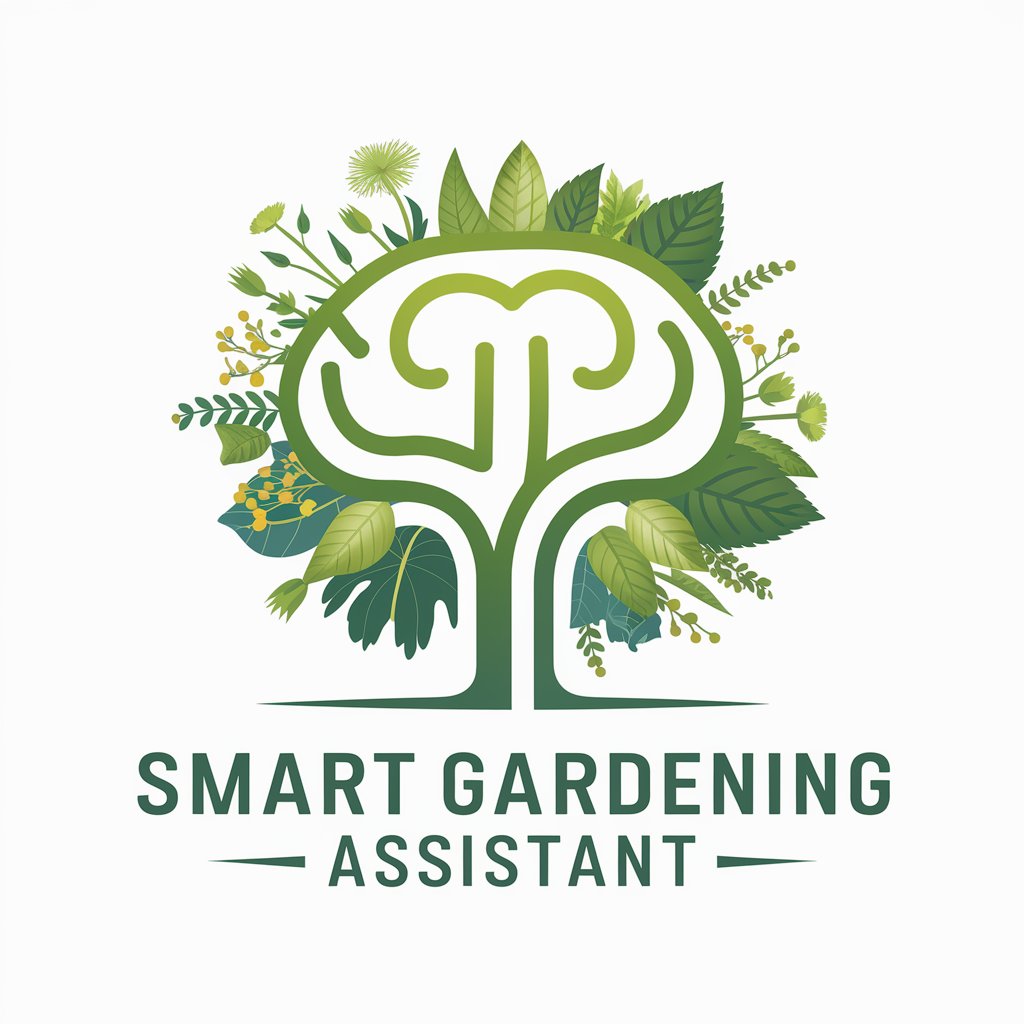
Plant Detector and Watering Adviser - Plant Species ID and Care

Hi there! Let's identify some plants!
Your AI-powered gardening companion.
Can you identify this plant for me?
What type of plant is this?
I need help recognizing this tree.
Can you tell me more about this plant's care?
Get Embed Code
Overview of Plant Detector and Watering Adviser
Plant Detector and Watering Adviser is a specialized digital assistant designed primarily to identify various species of plants and trees from photos uploaded by users. The core functionality revolves around analyzing images to determine the plant type and providing essential care guidelines. This tool is particularly useful for both amateur and experienced plant enthusiasts who need quick, accurate information on plant identification and care tips. For instance, a user might upload a photo of a mysterious plant found during a hike, and Plant Detector would not only identify the plant but also offer advice on its ecological preferences and any unique features. Powered by ChatGPT-4o。

Core Functions and Real-World Applications
Plant Identification
Example
Identifying a Philodendron from an indoor garden photo.
Scenario
A user uploads an image of a leafy plant they wish to add to their home but are unsure about its species. The system processes the image, identifies it as a Philodendron, and confirms its suitability for indoor environments, advising on light and watering needs.
Care Instructions
Example
Providing care tips for a newly identified Orchid.
Scenario
After recognizing an Orchid in the submitted photo, the adviser outlines specific humidity, temperature, and watering guidelines to help the user maintain the plant’s health and bloom quality.
Watering Advice
Example
Advising on the watering schedule for a Cactus.
Scenario
Upon detecting a Cactus species, the adviser suggests a minimal watering schedule, emphasizing the risk of overwatering and recommending soil moisture levels appropriate for cacti.
Target User Groups
Home Gardeners
Individuals who enjoy gardening at home and often seek assistance in identifying new plants they acquire or find. They benefit from specific care instructions that help integrate different plants into their existing collections.
Hikers and Outdoor Enthusiasts
These users often encounter unfamiliar plants during their activities and use the service to learn more about the native flora, ensuring they can appreciate their finds without harming the local ecosystem.
Educational Institutions
Schools and universities can use the service as an educational tool to help students learn about botany and plant sciences in a practical, interactive manner.

How to Use Plant Detector and Watering Adviser
Start Free Trial
Begin by visiting yeschat.ai to start a free trial without any requirement to log in or subscribe to ChatGPT Plus.
Upload Plant Image
Upload a clear photo of the plant you wish to identify. Ensure the plant is well-lit and the main features are visible.
Receive Plant Identification
Wait for the AI to process the image and provide you with the plant’s name and species.
Get Care Instructions
Once identified, receive detailed care instructions, including watering needs, sunlight requirements, and optimal growing conditions.
Ask Follow-Up Questions
Utilize the chat feature to ask any specific questions about the plant’s care or potential issues like pest management.
Try other advanced and practical GPTs
SaiSocial GPT
Empower Your Digital Experience with AI

Derecho di Autor
Navigating Copyright with AI

Medium Tech Blogger
Empowering Your Tech Narratives

User Agent Analyzer
Decipher User Agents with AI

Fashion Finder
AI-powered style at your fingertips

Criação de BOTs - Prof. Bot
Empowering Conversations with AI

AnimeTunes Matcher ES
Match Anime with Music, AI-powered

Personafinder
Discover Your Customer’s World

💕 Valentine's Card Maker 💕
Craft Love with AI-Powered Cards

Rewrite Text Tool
AI-powered rewriting made effortless.

Merch-X: POD Product Listing Helper
Elevate Your Listings with AI-powered SEO

InstaShem 1.4.3
Craft Your Social Reality with AI

FAQs About Plant Detector and Watering Adviser
Can Plant Detector identify any plant species?
Plant Detector is designed to identify a wide range of plant species commonly found in gardens and homes, although rare or exotic plants might not always be recognized.
How accurate is the watering advice given by this tool?
The watering advice is based on general care guidelines for each plant species identified, tailored to encourage optimal health and growth of the plant.
Is the Plant Detector suitable for outdoor gardening?
Yes, the tool can be very useful for outdoor gardeners by helping to identify plants and provide specific advice on how to care for them in different climates and conditions.
Can this tool help with plant diseases?
While primarily focused on identification and care, the tool can offer basic advice on common symptoms of plant diseases and possible interventions.
Does the tool offer any features to monitor plant health over time?
Currently, the tool does not track plant health over time, but it provides immediate care instructions that can help improve and maintain plant health.





